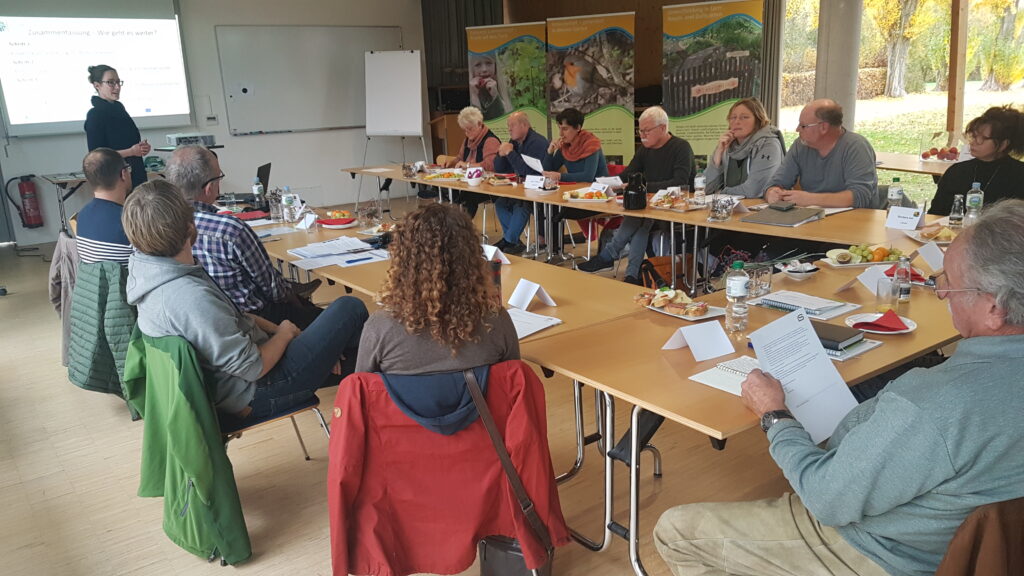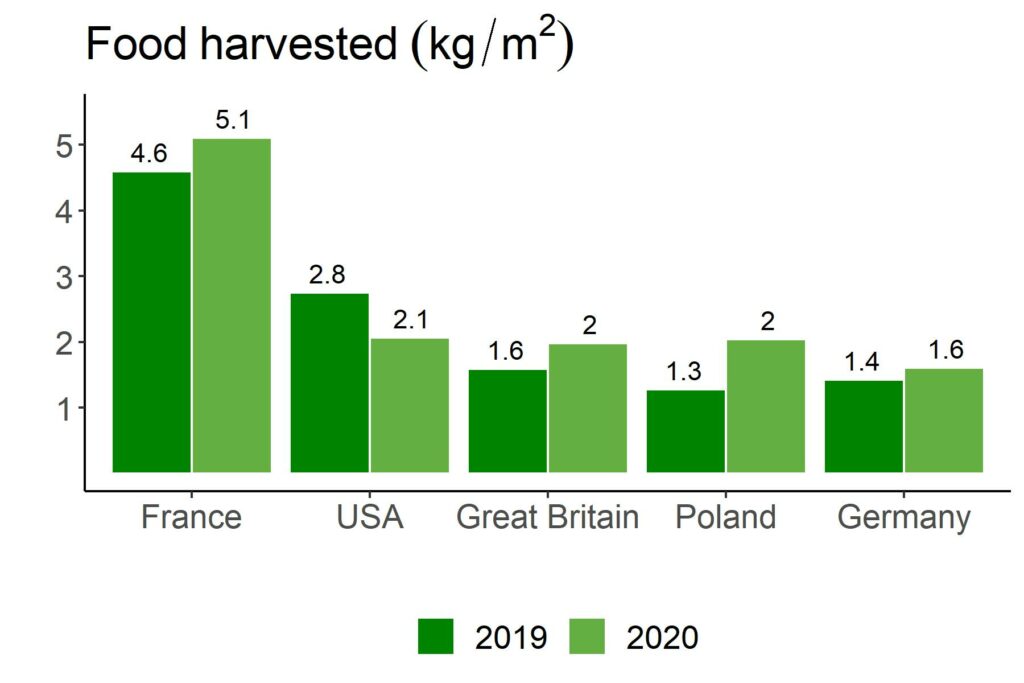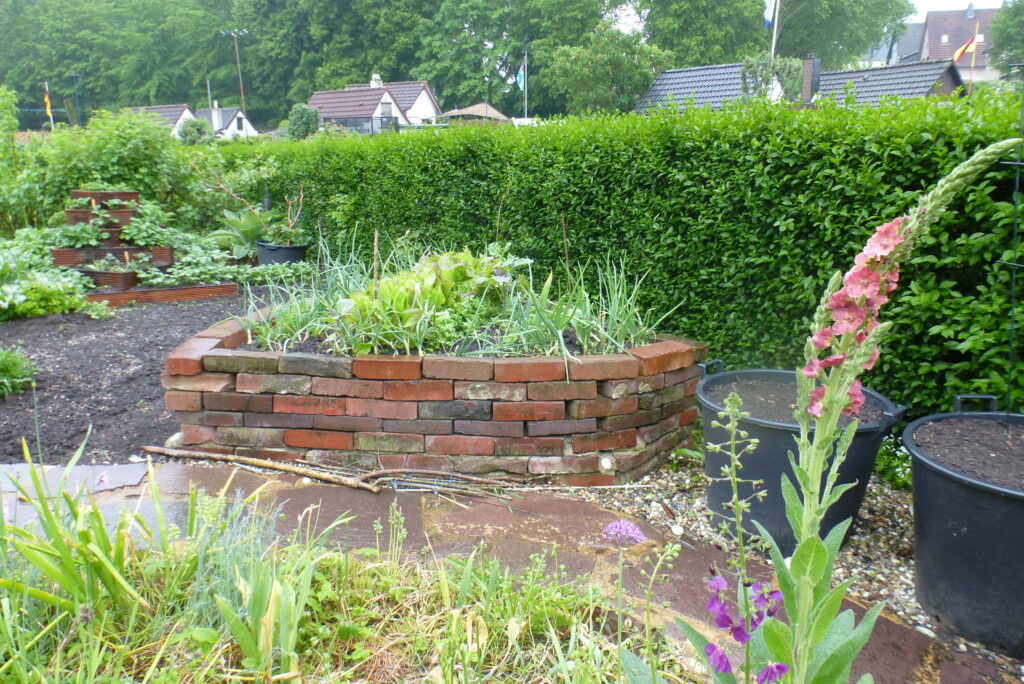Join JPI UE
Faq
FAQ
Please click here for the frequently asked questions we collected.
If you have an additional questions you are welcome to mail us at info@jpi-urbaneurope.eu
During the COVID-19 pandemic, many of us were reminded about the importance of having access to green spaces and nature. In many countries, like the U.K., urban green spaces were the most visited type of green space. This renewed appreciation of these productive spaces encourages reflection on their social, environmental and economic benefits. Urban agricultural spaces in particular have many defenders. The World Health Organization discusses garden allotments in its proposals for improving urban health, and researchers from the University of Sussex argue that city allotments may be able to rival conventional farms in productivity. Yet, before we can enthusiastically scale up urban agriculture, we need to answer certain questions. Does urban agriculture produce fewer greenhouse gas emissions? Is it a resource-efficient way to grow food? What are its effects on urban food, water and energy systems? Unfortunately, answering these questions requires a lot of data that up until now did not exist. The FEW-meter project has gone a long way to addressing this data scarcity by producing the world’s largest database on the resource efficiency and environmental impacts of urban agriculture. Runrid Fox-Kämper, one of the project’s key researchers, tells us about their findings in more detail.
One of the first findings to come out of FEW-meter was proving citizen science is a viable strategy for large-scale data collection. Runrid explains that it would have been impossible for the project to collect so much useful data without input from the urban farmers and gardeners across their five case study countries (The U.K, Poland, Germany, the U.S.A. and France). Farmers and gardeners from 74 sites within the case study countries diligently inputted over 50,000 entries into project diaries which were collated and added to the FEW-meter database, while researchers added data on the infrastructure used and from a survey they conducted. Consequently, researchers now have a wealth of data on urban agriculture’s resource efficiency and productivity. The database provides data on fertiliser usage, water usage, electricity consumption, infrastructure type, growth yields, and the market travel distance of urban agricultural produce. These are just a few examples of the types of data researchers can access. Runrid says they have only scratched the surface of the data and much more long-term work can be done after the end of the project. The database will soon be accessible for all researchers on Zenodo, an open-source digital repository.
The database will soon be accessible for all researchers on Zenodo, an open-source digital repository.

Arguably, the immediate beneficiaries of the data collection process were the urban farmers and gardeners themselves. Many of the farmers and gardeners were astonished by the differences the project’s data revealed. For example, all the farmers involved in the project could see that in France much more water was used and much more food was produced in the project’s two cropping years (2019 and 2020). In 2019, France harvested 4.6 kg/m2 of food, and in 2020, France harvested 5.1 kg/m2 of food. Whereas in the rest of the case study countries, food harvests ranged from 1.1 kg/m2 to 2.8 kg/m2 in 2019 and 1.6 kg/m2 to 2.1 kg/m2 in 2020. Seeing these differences allowed all of the farmers and gardeners to reflect on their practices. Interestingly, in some cases, growers saw differences in resource efficiency in the same allotment area. After seeing their 2019 yields and resource uses, many of them were incentivised to share knowledge so they could increase their resource efficiency and create fewer environmental impacts.

The project has also shown policy-makers, implementing urban agriculture without proper consideration of infrastructure is not necessarily environmentally sustainable. FEW-meter produced this understanding by conducting a life cycle assessment (LCA) along the three types of urban agriculture studied in this project (individual gardens, collective/ community gardens, and urban farms). The assessment shows the environmental impacts of collective gardens and community gardens are significantly higher than conventional farming’s impacts, but it also has to be acknowledged that collective gardens and community gardens usually have other goals besides food production. In general, the results point to significant variation in the carbon footprint between different types of urban agriculture. The project has also identified the key factor determining urban agriculture’s global warming potential: infrastructure longevity. Urban farms that move every five years were shown to have a higher carbon footprint than permanent ones. The LCA shows that the global warming potential of urban agriculture is overwhelmingly linked to infrastructure, at least initially. Interestingly, the LCA also shows that the carbon footprint of urban farms that move every ten years is statistically indistinguishable from the carbon footprint of permanent urban farms.
Policy-makers must consider infrastructure options that last for at least ten years when aiming to make urban farming sustainable.

The roadmap created by the project offers policy-makers and urban planners detailed guidance on implementing sustainable urban agriculture. It shows how synergies between urban agriculture and the existing food, water, and energy nexus in cities can be developed to create sustainable urban agriculture by the year 2050. The roadmap identifies seven key factors for making urban agriculture sustainable: political frame conditions, economic regime, urban growth dynamics, urban planning policies, land-use patterns, climate change, and technical trends. For each of these, the roadmap offers recommendations that will make urban agriculture sustainable. The value of the roadmap to policy-makers is likely to increase since the importance of environmental topics, the value of green infrastructure, and food insecurity are all increasing, making sustainable urban agriculture more and more attractive.
Runrid emphasises that although FEW-meter’s results show agriculture has some way to go in terms of sustainability, its social benefits are very clear. The project conducted a social cost-benefit analysis in one of their London sites, its results show that urban farming has positive effects on physical and mental health, the analysis shows that for every £1 invested, £3.56 in social value is generated. She finishes by saying the project has generated positive value both in the short-term by showing the value of citizen science and in the long-term by creating a rich database and a roadmap that will hopefully make urban agriculture sustainable by the middle of this century.
A Case study on one the project’s London sites shows that for every £1 invested in urban agriculture, £3.56 in social value is generated.
It is clear, the FEW-meter project would not have been possible without the involvement of a highly trans- and interdisciplinary consortium that worked with a multi-actor approach. Scientists, representatives of interest groups, non-governmental organisations, a municipality, and a company, from five countries, worked closely together in the project. The research institutions represented a wide range of disciplines from agricultural and natural sciences to geography, social, political and spatial sciences. This enabled the team to comprehensively investigate the different characteristics of urban agriculture and to include social, economic and political-planning factors in addition to the measurable factors of resource use and yield.